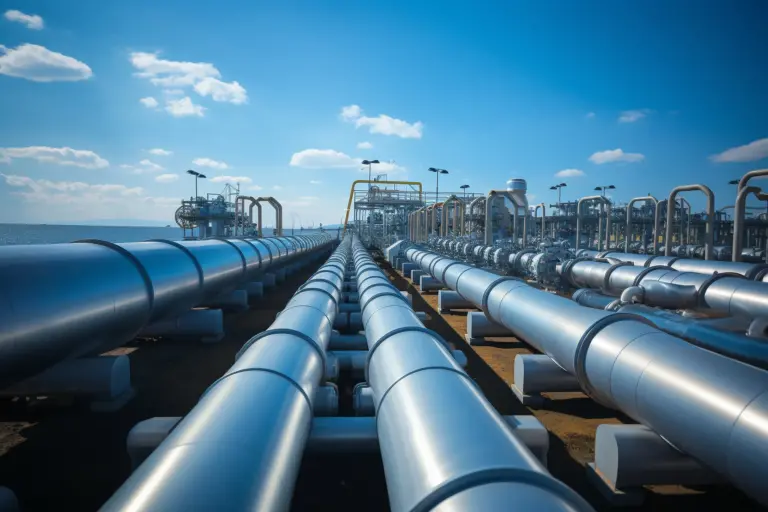Shopping Cart
Activated alumina desiccant is a highly porous, granular substance made from aluminum oxide. The activation process involves heating aluminum hydroxide in a way that creates a network of interconnected pores, resulting in a large surface area and high adsorption capacity. Activated alumina desiccant is widely used in industries such as gas and air drying, natural gas dehydration, compressed air systems, and the drying of liquids. Additionally, activated alumina desiccant is non-toxic, chemically stable, and safe for use in food and pharmaceutical industries.
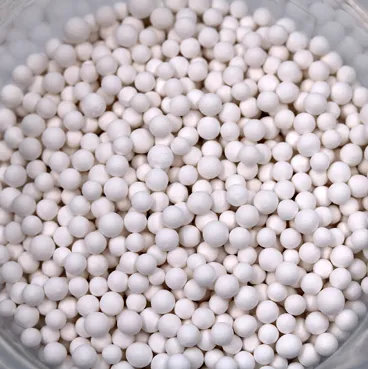
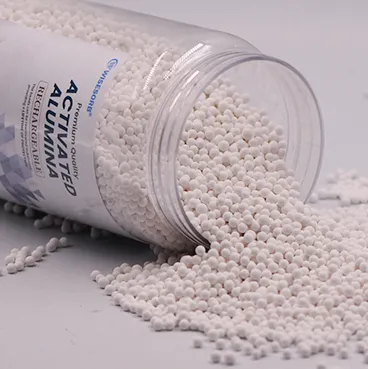
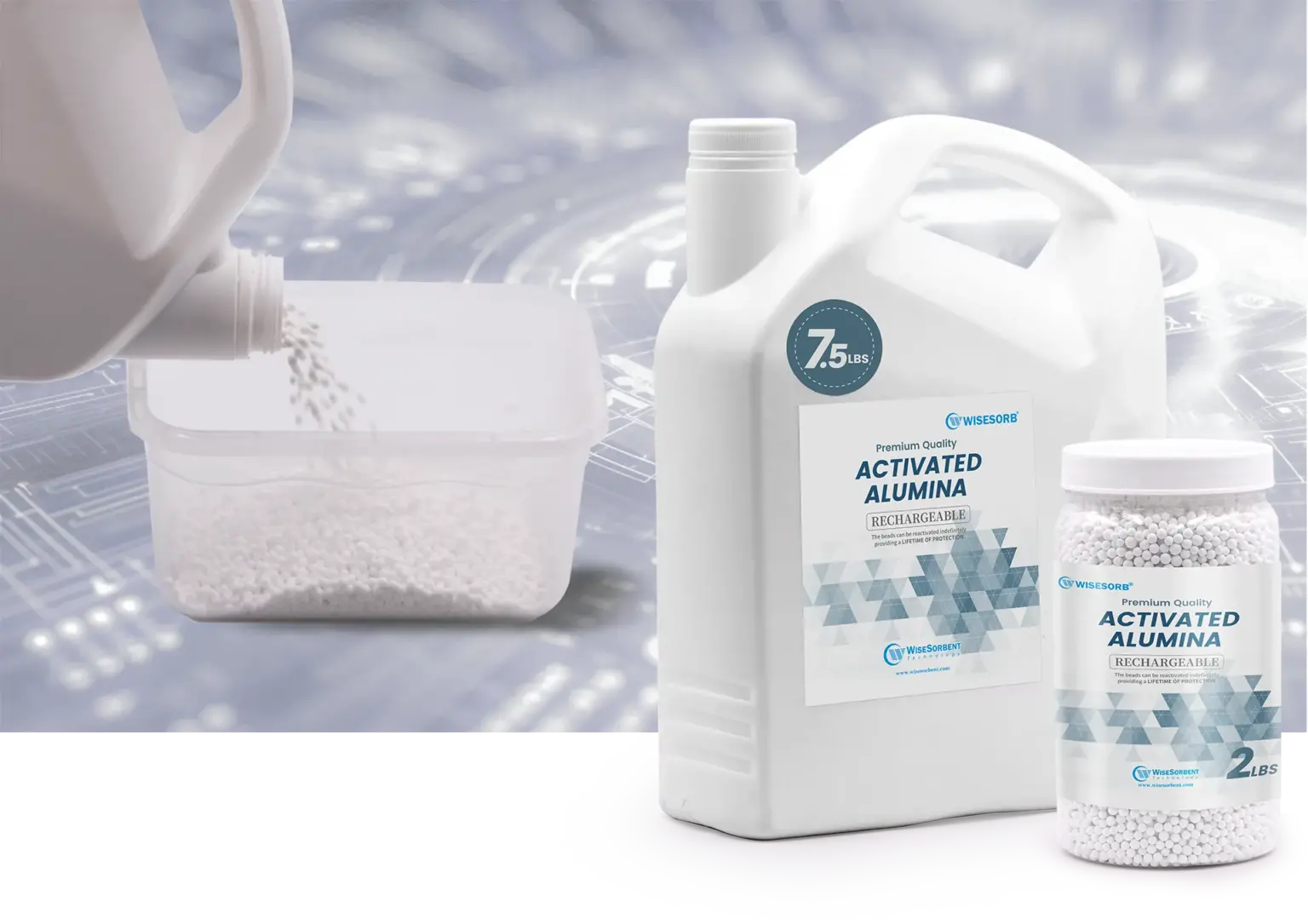
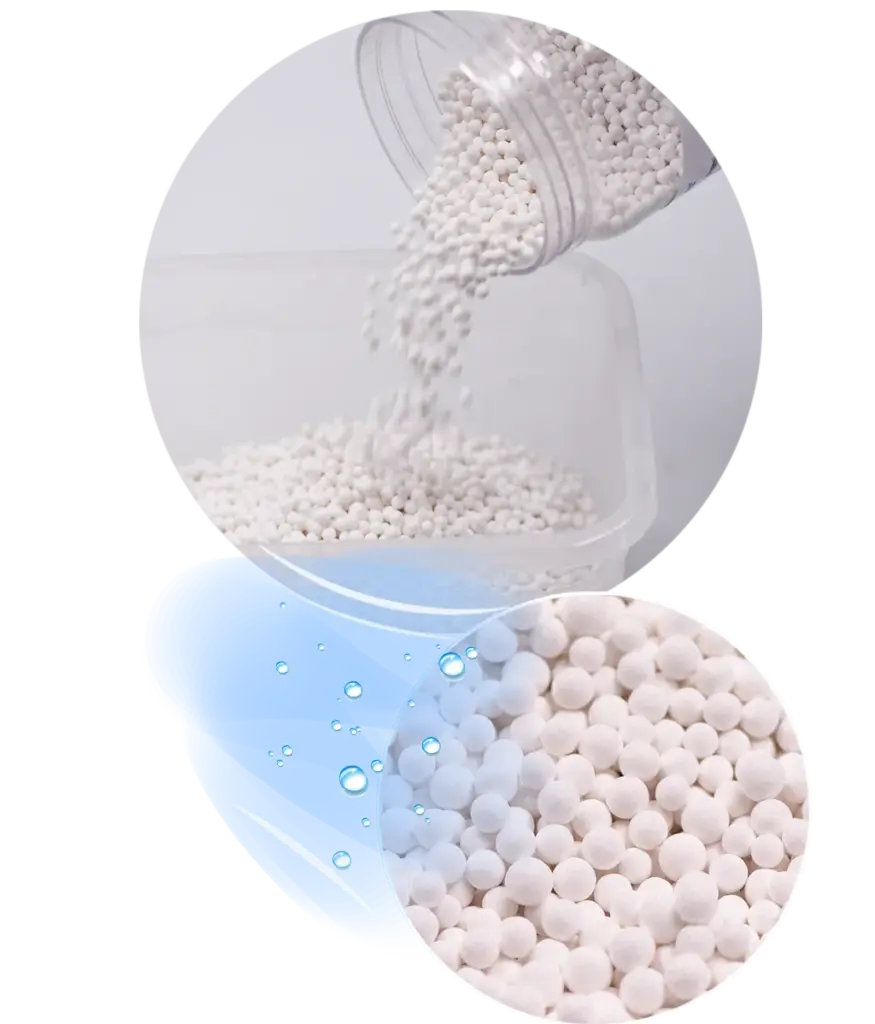
Due to the strong affinity between activated alumina and water, it exhibits a high capability for drying moisture in gases. It can effectively dry over twenty types of gases, including acetylene, hydrogen, oxygen, air, nitrogen, and others.
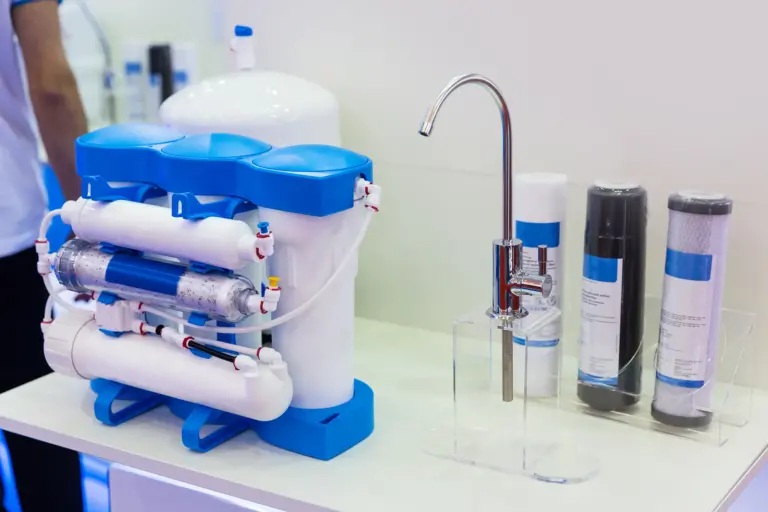
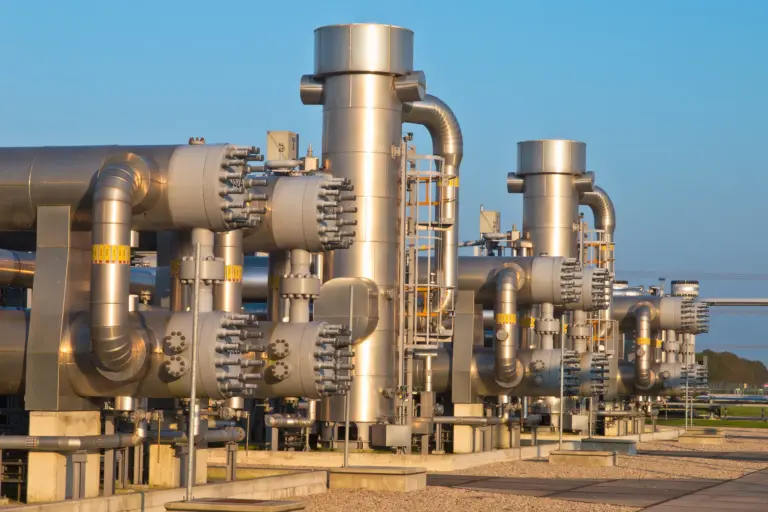
Activated alumina is commonly used in liquid drying processes, particularly for removing moisture from various liquids. This procedure involves setting up a column or bed, followed by adsorption, regeneration, monitoring, and ultimately, reuse.
In the field of water purification, activated alumina mainly focusing on fluoride removal, color and odor elimination, and phosphate removal from water.
